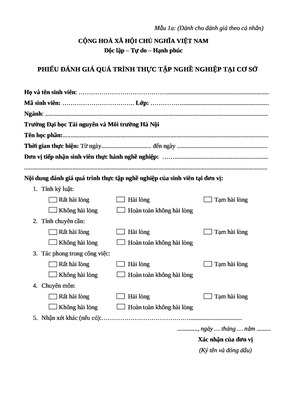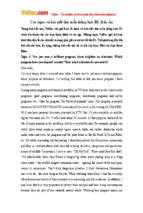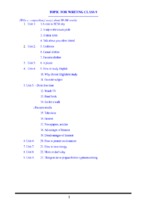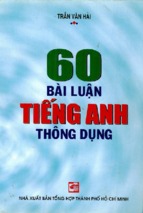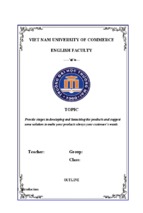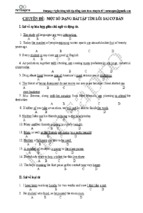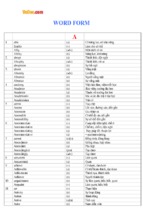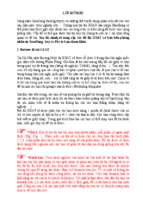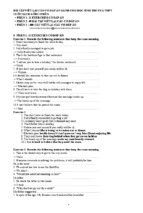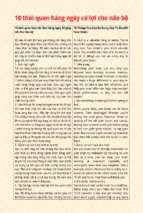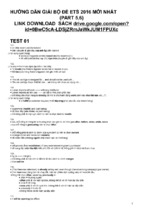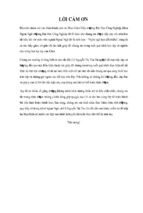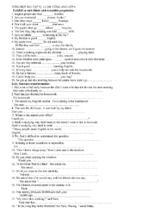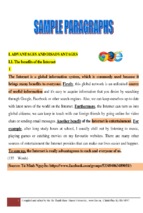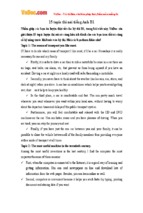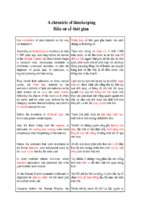1. What is a Street Tracker?
There are many evolutions of the modern motorcycle, as you know. Many of these
evolutions are modern takes on classic styles of bikes. One such homage is the Street
Tracker. These ultrasleek machines are reminiscent to the glory days of flat track
racing, featuring the pared down look of a dirt track racer, but offering everything you
need to be street legal. Whether it’s your own build or bought from a custom shop, a
street tracker will turn heads anywhere.
The First Street Trackers
Modern street trackers can trace their ancestry to the AMA Grand National
Championship racing series. During the 1960s and 70s the series was the premier
motorcycle racing championship, and many of the events took place on dirt ovals of
varying lengths: The Mile, The Half, and Short Track. It was a time when legends
like Dick Mann and Kenny Roberts were tearing up tracks everywhere. These racing
giants loved their bikes and wanted to ride them on the streets as well, so modified the
racers by adding lights, mirrors, a horn, front brakes, and eliminating the need to
‘bumpstart the bikes. As you can imagine, it didn’t take long for race fans to develop
a desire for their street trackers.
Factory Street Trackers
Manufacturers have not jumped on the street tracker bandwagon. Well, Harley
Davidson has tried. The maker produced the XR1000, paying homage to its racing
XR750. The bike was prohibitively expensive and sold poorly. Harley gave it another
go with the XR1200, but production only ran from 2009 to 2013.
Triumph, it’s been rumored, filed a 2012 trademark application for the name “Street
Tracker,” so a factor tracker from the Brits could be on the way. This does seem like
just another effort by manufacturers to capitalize on a trend in the custom bike
building world, naming a bike after a whole genre of customs. We’re reminded of the
Ducati Streetfighter and Scrambler, other genres of custom bikes subjected to the
same process.
Harley XR1000 Street Tracker: The XR750 Influence is Evident
Custom Street Trackers
Street trackers typically have a set of wide bars to match the ones needed for
additional leverage on a flat track. From the handlebars, you move back to the gas
tank. A street tracker typically looks best with a small tank. The best example for the
look of the tank can be seen by looking at the immortal HarleyDavidson XR750.
The tank should move easily into a narrow seat. The rear fender is minimal, just
enough to cover the taillight, and often made of fiberglass from a retailer like Omars
Fiberglass or Hot Wing Glass. Typically you run 19 inch wheels, equally sized front
and rear. Traditionalists use wire spokes to reduce weight, but you can use cast wheels
just as well.
Once those mods have been completed, some builders add a number plate and fork
guards, though these can be a bit much, overdoing the illusion that you’ve been
sliding on a dirt track all day. The most common tracker platforms are the Yamaha
XS650, various Triumphs like the T100, and the HarleyDavidson Sportster.
Richard Pollock of Mule Motorcycles is the undisputed king of the custom street
tracker. His father was an electrical engineer at Cape Canaveral, and Pollock has said
that he’d like an aerospace inspector to be able to look his bikes over and give them
the thumbs up. Truly, his builds look like the engine bays of Indy racers. Operating
out of his shop in San Diego, California, he has almost singlehandedly defined the
street tracker aesthetic, handbuilding bikes that are highly functional in every way,
unadorned machines that earn their beauty instead of dressing up for it.
Ad Injection:random BIKEBOUNDResponsive
2. What is Café racer bike?
A café racer (/ˈkæf reɪsər/ kafraysər or less commonly /ˈkæfi ˌreɪsər/ kafiray
sər) is a lightweight, lightly powered motorcycle optimized for speed and handling
rather than comfort – and for quick rides over short distances. With bodywork and
control layout recalling early 1960's Grand Prix road racing motorcycles, café racers
are noted for their visual minimalism, featuring lowmounted handlebars, prominent
seat cowling and elongated fuel tank – and frequently kneegrips indented in the fuel
tank.
The term developed among British motorcycle enthusiasts of the early 1960s,
specifically the Rocker or "TonUp Boys" subculture, where the bikes were used for
short, quick rides between cafés – in other words, drinking establishments.
Writing in 2005, motorcycle journalist Peter Egan suggested the genesis of the term to
the 1960s. In 1973, American freelance writer Wallace Wyss, contributing to Popular
Mechanics magazine, wrote that the term café racer was originally used derogatorily
in Europe to describe a "motorcyclist who played at being an Isle of Man road racer"
and was, in fact, "someone who owned a racy machine but merely parked it near his
table at the local outdoor cafe.
In 2014, journalist Ben Stewart described the café racer as a "look made popular when
European kids stripped down their smalldisplacement bikes to zip from one café
hangout to another."
1962 racing motorcycle AJS 7R 350cc, on display at Gruber Museum in Weiler im
Allgäu, Bavaria, Germany
BSA Goldstar 500 café racer
In addition to lightweight, lightlypowered engine and minimalist bodywork, the café
racer typically features distinctive ergonomics.
Low, narrow handlebars – known as clipons (two separate bars that bolt directly to
each fork tube), clubman or ace bars (one piece bars that attach to the standard
mounting location but drop down and forward) – enabled the rider to "tuck in",
reducing wind resistance and improving control. Along with the rearward located
seat, the posture often required rearsets, or rearset footrests and foot controls, again
typical of racing motorcycles of the era. Distinctive half or full racestyle fairings
were sometimes mounted to the forks or frame.
The bikes featured minimalist styling, engines tuned for maximum speed and light
road handling. A wellknown example was "The Triton", a homemade combination of
the Norton Featherbed frame and a Triumph Bonneville engine. It used a common and
fast racing engine combined with a wellhandling frame, the Featherbed frame by
Norton Motorcycles. Those with less money could opt for a "Tribsa"—the Triumph
engine in a BSA frame. Other combinations such as the "Norvin" (a Vincent VTwin
engine in a Featherbed frame) and racing frames by Rickman or Seeley were also
adopted for road use.
1977 HarleyDavidson XLCR
Café racer styling evolved throughout the time of their popularity. By the mid1970s,
Japanese bikes had overtaken British bikes in the marketplace, and the look of real
Grand Prix racing bikes had changed. The handmade, frequently unpainted
aluminium racing fuel tanks of the 1960s had evolved into square, narrow, fibreglass
tanks. Increasingly, threecylinder Kawasaki twostrokes, fourcylinder fourstroke
Kawasaki Z1, and fourcylinder Honda engines were the basis for café racer
conversions. By 1977, a number of manufacturers had taken notice of the café racer
boom and were producing factory café racers, such as the wellreceived Moto Guzzi
Le Mans and the unpopular but unforgettable HarleyDavidson XLCR. A Japanese
thumper introduced in the late 1980s (to disappointing sales) the Honda GB500
'Tourist Trophy' emulated British café racers of the 1960s.
In the mid1970s, riders continued to modify standard production motorcycles into so
called "café racers" by simply equipping them with clubman bars and a small fairing
around the headlight. A number of European manufacturers, including Benelli, BMW,
Bultaco and Derbi produced factory "café" variants of their standard motorcycles in
this manner, without any modifications made to make them faster or more powerful, a
trend that continues today.
1960s Rockers under canopy outside Busy Bee Café, Watford, England, UK.
Suzuki S40 customised in a café racer style
Honda CB 400 Four café racer
Rockers were a young and rebellious rock and roll counterculture who wanted a fast,
personalised and distinctive bike to travel between transport cafés along the newly
built arterial motorways in and around British towns and cities. Biker lore has it that
the goal of many was to be able to reach 100 miles per hour (160 km/h)—called
simply "the ton"—along such a route where the rider would leave from a café, race to
a predetermined point and back to the café before a single song could play on the
jukebox, called recordracing. But author Mike Seate contends that recordracing is a
myth, the story having originated in an episode of the BBC Dixon of Dock Green
television show. Café racers are remembered as being especially fond of rockabilly
music and their image is now embedded in today's rockabilly culture.
The Café Racer subculture has created a separate look and identity with modern café
racers taking style elements of the American Greaser, the British Rocker, 70s biker,
and modern motorcycle rider to create a global style of their own.
- Xem thêm -


